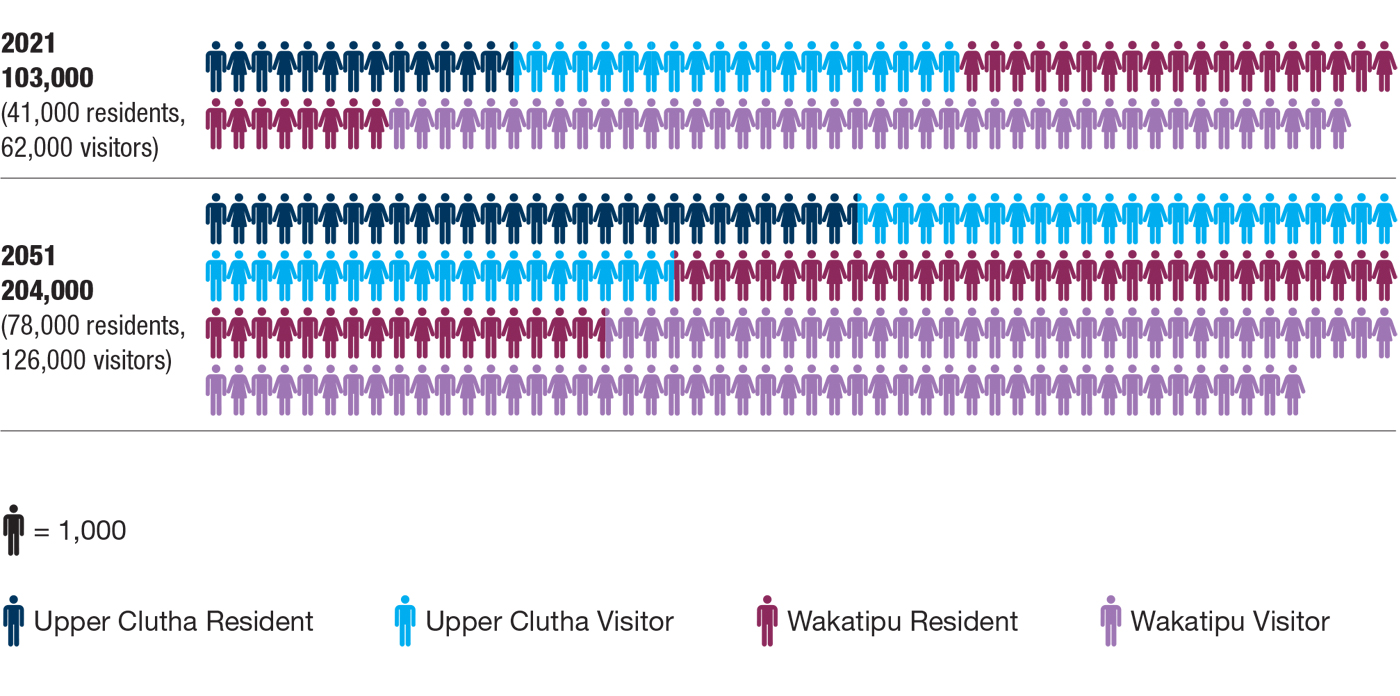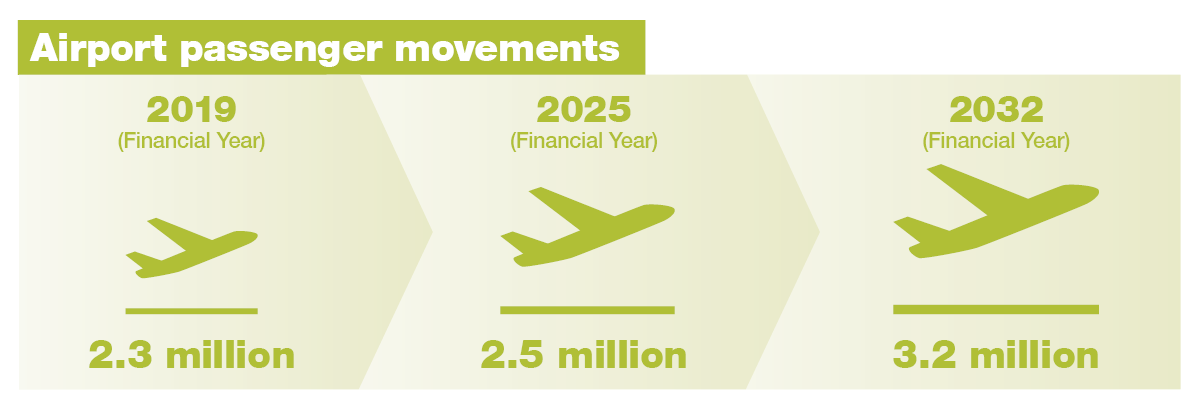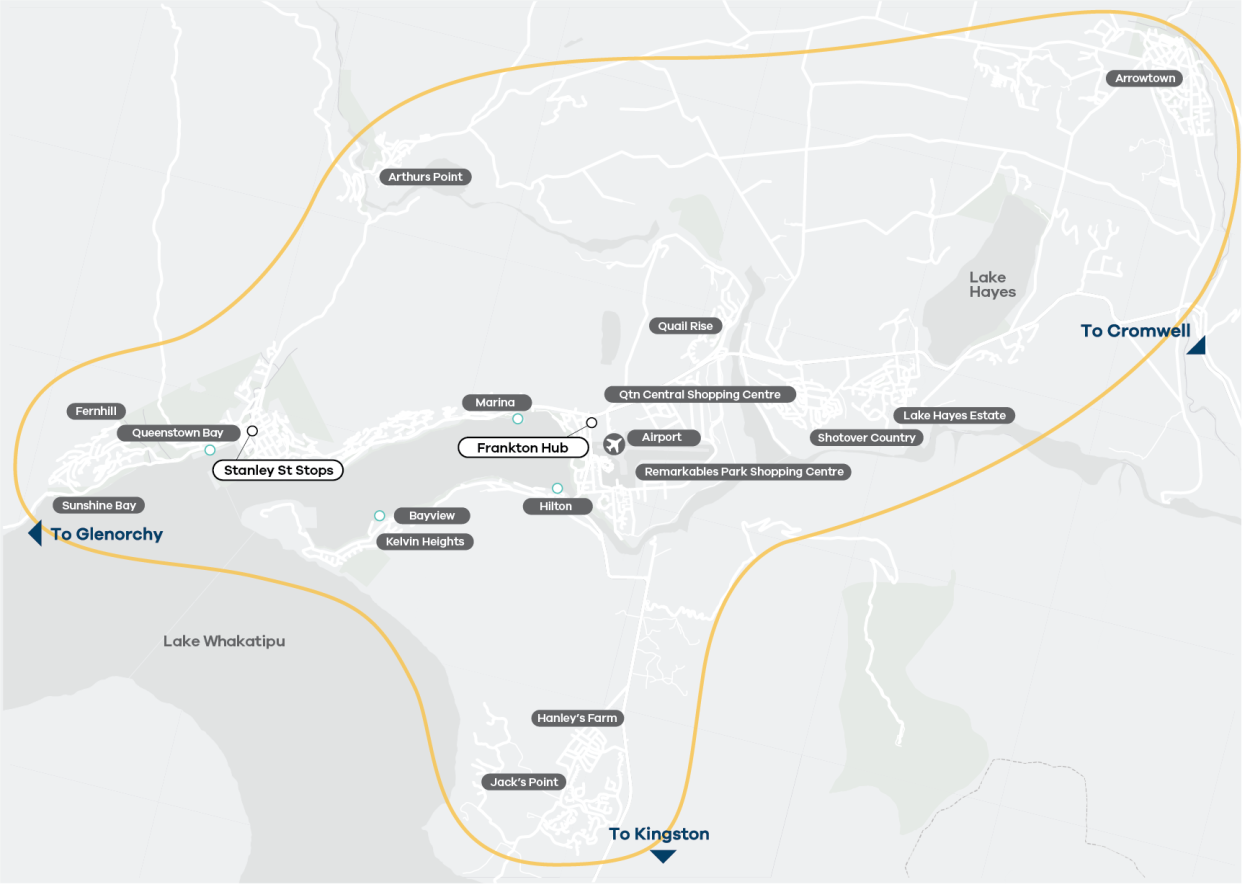-
-
-
-
-
-
-
-
-
-
-
-
-
-
-
-
-
-
-
-
-
-
-
-
-
Queenstown Public Transport Business Case
-
-
-
The Queenstown Public Transport Business Case has been endorsed by ORC and NZTA Waka Kotahi and will be presented to QLDC on 6 June 2024.

May 2024
PDF | 7 MB
The purpose of the Strategic Case is to identify and evidence problems and opportunities to warrant investment.
May 2024
PDF | 1 MB
March 2024
Project Number: 6-XO014.00
PDF | 23 MB
This paper documents the public transport infrastructure that would be required to support the public transport services proposed as part of the Queenstown Public Transport Business Case, including interchanges, priority measures, road corridor constraints and bus depot.
Queenstown is one of New Zealand’s fastest-growing areas, driven by growth in population, the tourism industry and supporting activities. This growth is placing increasing pressure on infrastructure and services, and in particular, the transport system.
With traffic back at pre-Covid levels in 2023, Otago Regional Council (ORC) and its Way to Go partner agencies — Queenstown Lakes District Council (QLDC) and Waka Kotahi NZ Transport Agency — developed a 30-year plan, known as the Queenstown Public Transport Business Case. This plan informs future public transport investment decisions for Queenstown to provide more travel choices.

This business case was specifically focused on the area's future public transport investment decisions over the next 15 years. It looked closely at buses and ferries and how we could best use them. It linked with work on spatial planning, infrastructure, roads and other transport issues to create a resilient, sustainable and safe transport network where public transport, walking, and cycling are everyone’s first transport choice. It also linked to active travel options like cycling or walking through the Whakatipu Active Travel Network, providing a network of walking and cycle trails linked to public transport.
The Queenstown Public Transport Business Case focused on:
- What the public transport network will look like in the future (bus and ferry)
- How to decarbonise public transport
- Where on-demand bus services should be considered
- Future capacity and configuration of bus hubs in Queenstown Town Centre and Frankton
- What the future ownership, operating, and management systems should look like
- What the proposals might cost and how they could be funded
Three years ago we completed the Queenstown Business Case making a compelling argument for a big shift away from driving cars and more towards public transport, walking and cycling. We wanted to give residents and visitors real travel choices and alternatives to driving in an increasingly congested network.
Supported by Waka Kotahi and QLDC, we had an opportunity to improve public transport and shape how it will best serve Queenstown to support its anticipated growth.

Figure 1 — Peak population growth (Source: Queenstown Lakes Spatial Plan, July 2021).

Figure 2 — One third of visitors to the region arrive via the airport, with two thirds of visitors arriving by road. Total passenger movements are projected to increase on a 3.2% compound annual growth rate between the 10 years from 2022 to 2032.
A number of infrastructure improvements are already underway in Queenstown, including the Town Centre Arterial Road (Stage 1).
The geographical area is shown on the map below. It will consider the existing public transport network and services that intersect with the Whakatipu Basin including Glenorchy, Kingston and Cromwell.
It will not cover the planning for a public transport system outside the Whakatipu area which will be covered through other future plans and studies.
 Figure 3 — map showing the geographical area the business case covers.
Figure 3 — map showing the geographical area the business case covers.
The business case included a number of strategies that focussed on creating a resilient, sustainable and safe transport network where public transport, walking and cycling is an attractive transport choice.
Our work to plan for future investment in public transport is important to ensure the area grows well into the future and the ORC is committed to playing its part to deliver that vision.
The business case explored options for making public transport carbon zero to reduce carbon emissions and improve air quality, in line with the New Zealand Government’s Emissions Reduction Plan. However, decarbonisation is not the only way to reduce emissions. Making public transport a convenient and attractive option for more people will also make a significant impact.
Development of a strategy towards a comprehensive and convenient, enjoyable, and reliable public transport service is one of the major drivers to reducing emissions.
If you would like more information about the Queenstown Public Transport Business Case, email: queenstown.ptp@orc.govt.nz
